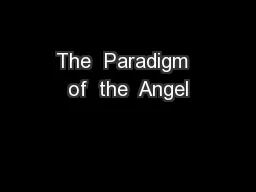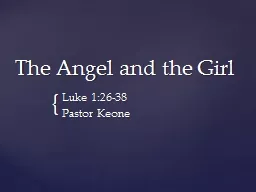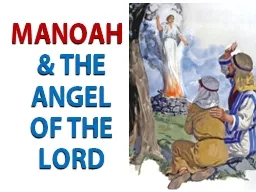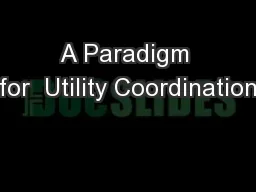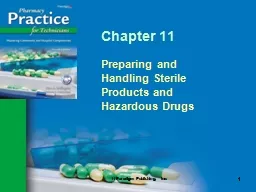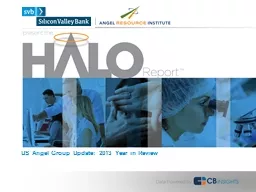PPT-The Paradigm of the Angel
Author : jane-oiler | Published Date : 2018-02-27
Whore Dichotomy in Hamlet Thesis In Shakespeares play Hamlet the two female characters Gertrude and Ophelia possess characteristics of the angel or the ideal
Presentation Embed Code
Download Presentation
Download Presentation The PPT/PDF document "The Paradigm of the Angel" is the property of its rightful owner. Permission is granted to download and print the materials on this website for personal, non-commercial use only, and to display it on your personal computer provided you do not modify the materials and that you retain all copyright notices contained in the materials. By downloading content from our website, you accept the terms of this agreement.
The Paradigm of the Angel: Transcript
Download Rules Of Document
"The Paradigm of the Angel"The content belongs to its owner. You may download and print it for personal use, without modification, and keep all copyright notices. By downloading, you agree to these terms.
Related Documents

